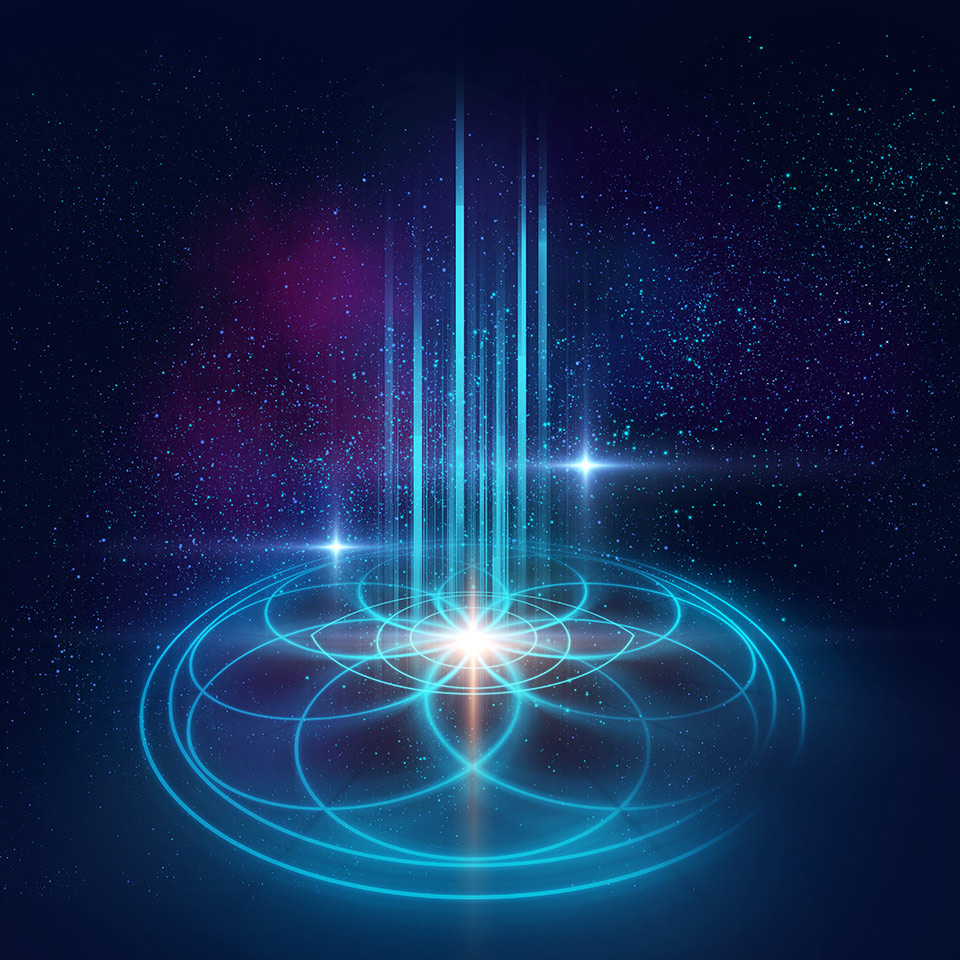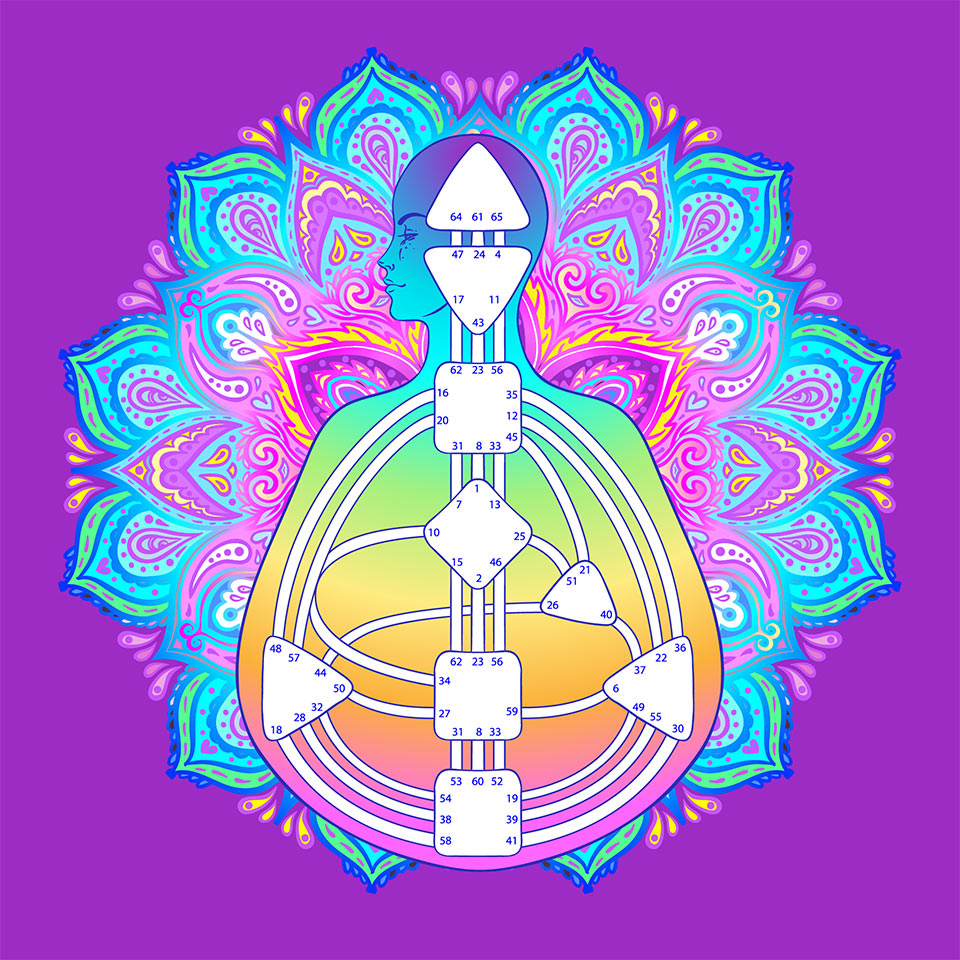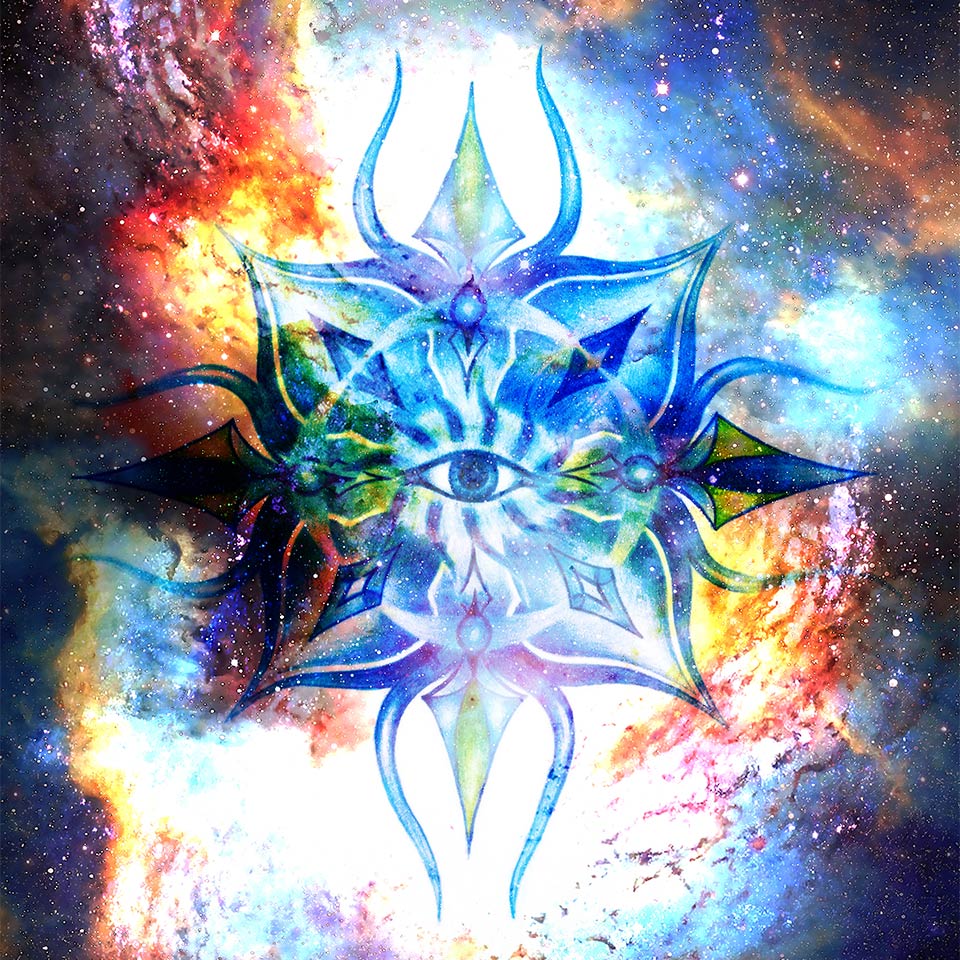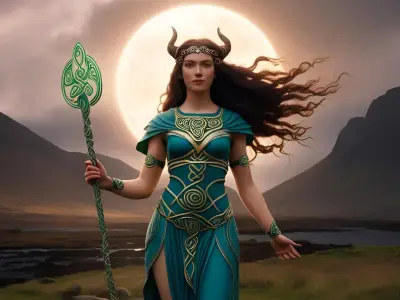Mandalas have captivated cultures worldwide for centuries. These sacred symbols hold deep meaning and serve as powerful tools for spiritual growth, meditation, and self-expression. In this article, we delve into the fascinating world of Mandalas, exploring their rich symbolism, the various types found across different cultures, and the therapeutic benefits they offer.

Symbolism of Mandalas
Spiritual and Metaphysical Symbolism
Mandalas possess profound spiritual and metaphysical symbolism, transcending cultural boundaries. These intricate geometric patterns often represent the universe, embodying a cosmic diagram that symbolises the interconnectedness of all things. Mandalas can depict the microcosm within the macrocosm, reflecting the idea of unity and harmony between the individual and the larger cosmos. They are seen as sacred spaces, inviting contemplation, and serving as a gateway to higher states of consciousness.
Psychological Symbolism and Therapeutic Benefits
Creating or colouring Mandalas can be a meditative practice, promoting mindfulness and focusing the mind. The rhythmic and repetitive nature of Mandalas can induce a state of relaxation, reduce stress, and foster a sense of calmness.

Types of Mandalas
Traditional Mandalas have a rich cultural heritage and are associated with specific religious and spiritual traditions. Two prominent examples are Tibetan Mandalas and Hindu Mandalas.
Tibetan Mandalas
Tibetan Mandalas, also known as "Thangka Mandalas," are intricate artworks used in Tibetan Buddhism. These Mandalas often depict deities, enlightened beings, and cosmic realms. They are meticulously crafted, following specific iconographic guidelines and sacred geometry, serving as visual aids for meditation and spiritual practice.
Hindu Mandalas
Hindu Mandalas, known as "Rangoli" or "Kolam," are vibrant and colourful patterns created on the ground or on special occasions. They are made using coloured rice, flowers, or powders. Hindu Mandalas symbolise auspiciousness, prosperity, and the welcoming of deities. They are often created as part of religious rituals and celebrations.
There are also Contemporary Mandalas which are inspired by the traditional designs.
Geometric Mandalas
Geometric Mandalas focus on intricate geometric patterns and symmetrical designs. They often incorporate circles, squares, triangles, and intricate shapes to create visually captivating compositions. Geometric Mandalas can evoke a sense of balance, order, and precision.
Nature-Inspired Mandalas
Nature-Inspired Mandalas draw inspiration from the natural world, incorporating elements such as flowers, leaves, animals, and landscapes. These Mandalas celebrate the beauty and harmony found in nature, and their creation can be a way to connect with the natural environment and find tranquillity.
Mandalas can also be personalised and created by yourself as a form of self expression.
Self-expression and reflection
Personal Mandalas provide a canvas for expressing one's thoughts, emotions, and inner experiences. Through the use of colours, symbols, and shapes, individuals can explore their inner world, release emotions, and gain insights into their own psyche.
Creating your own Mandalas
Creating personal Mandalas can be a fulfilling and transformative process. It allows individuals to tap into their creativity, engage in a meditative practice, and have a tangible representation of their inner journey. The process of creating one's own Mandalas can be both empowering and cathartic, offering a powerful tool for self-discovery and personal growth.
Colour Symbolism and Interpretation
Colours play a significant role in Mandalas, carrying symbolic meanings that enhance their impact. Each colour holds unique associations and can evoke specific emotions and energies. For example:
- Red symbolises passion, energy, and courage.
- Blue represents calmness, tranquillity, and spiritual healing.
- Yellow signifies positivity, joy, and intellectual stimulation.
- Green signifies growth, balance, and harmony.
- Purple represents spirituality, wisdom, and transformation.
- Artists and viewers can interpret Mandalas based on colour combinations and their personal associations with each hue. Exploring colour symbolism within Mandalas adds depth and layers of meaning to these captivating artworks.

Mandalas in Different Cultures
Buddhist Mandalas
Buddhist Mandalas have a prominent presence in various Buddhist traditions. They are intricate and symbolic representations of the universe and are often used as aids for meditation and spiritual contemplation. Tibetan Buddhism, in particular, is renowned for its elaborate “sand Mandalas”, meticulously crafted by Buddhist monks over days or weeks, only to be ritually dismantled upon completion to symbolise impermanence.
Hindu Mandalas
In Hinduism, Mandalas take the form of Rangoli or Kolam, vibrant and colourful patterns made on the ground using coloured rice, flowers, or powders. These Mandalas hold cultural and religious significance, often created during festivals, weddings, or other auspicious occasions. Hindu Mandalas symbolise devotion, prosperity, and the welcoming of deities, with their intricate patterns serving as a way to invite positive energies into homes and temples.
Native American Mandalas
Native American cultures also embrace Mandalas, although they may use different terminology or artistic expressions. For instance, the Navajo people create sand paintings known as "sand Mandalas", which are ritualistic designs used for healing and spiritual ceremonies. These intricate artworks symbolise harmony, balance, and connection with the natural world, often incorporating sacred colours and symbols that hold deep cultural meaning.
Mandalas can be found in various other cultures and traditions, each with their own unique style. For example:
- In Japanese culture, the art of "Ensō" represents a form of Zen Buddhist Mandalas, often created with a single circular brushstroke to symbolise enlightenment and the universe's inherent completeness.
- In Islamic art, intricate geometric patterns inspired by Mandalas, such as those found in mosques and Islamic architecture, symbolise the divine order and unity within creation.
- In Native Australian art, circular designs called "Dreamtime Mandalas" depict creation stories and spiritual journeys, conveying the interconnectedness between humans, nature, and ancestral realms.
If you're eager to explore the world of Mandalas further and delve into the intricacies of creating your own, consider enrolling in our Mandala Art Diploma Course. Unlock your creativity, expand your knowledge, and embark on a transformative path through the mesmerising realm of Mandalas.





